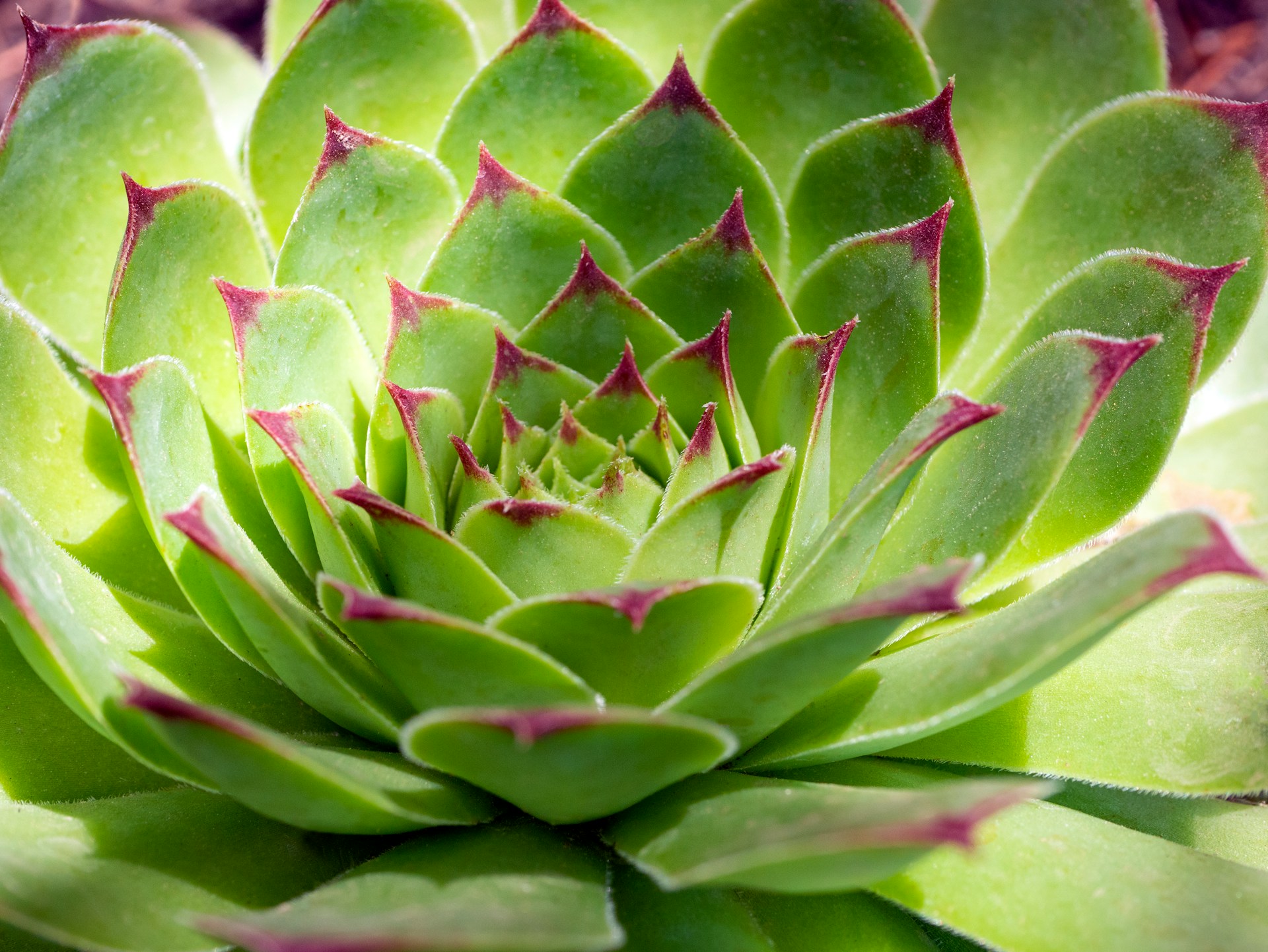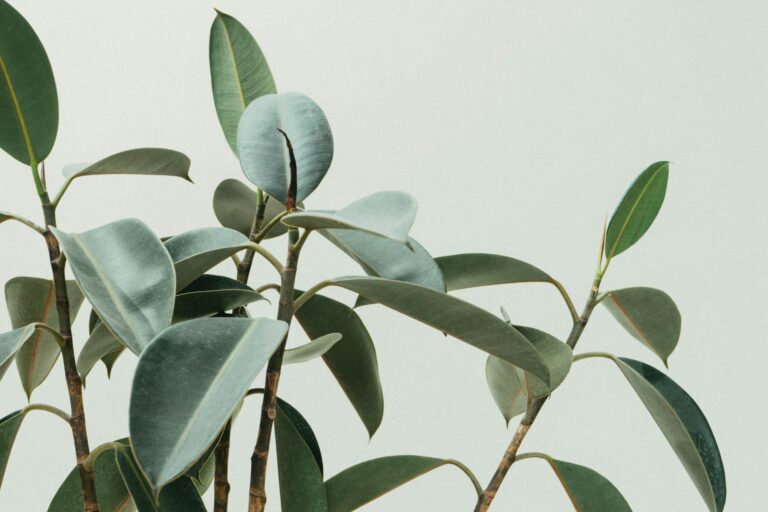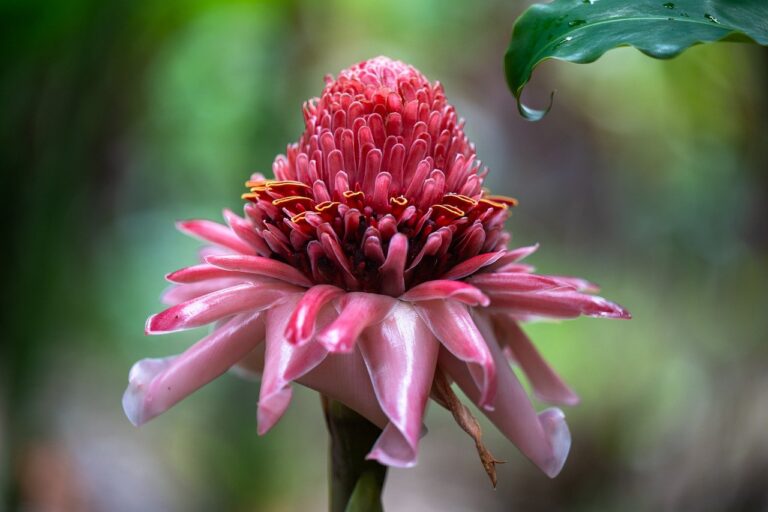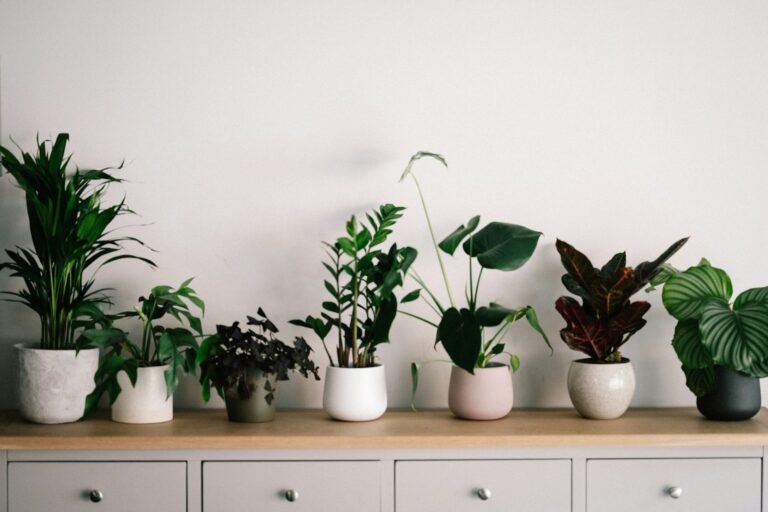Echeverias are beautiful succulent plants known for their rosette-shaped leaves and vibrant colors. These popular houseplants require minimal care but can occasionally face challenges that lead to their decline, including dying.
But how can you revive a dying echeveria? Naturally, the best way to revive a dying plant is to remove the affected part and let the plant cure. However, you have to know the cause of the problem and how far it has damaged the plant roots, and if it will happen again if you don’t manage it.
The most common problem is overwatering and underwatering. Improper watering affects the whole plant, from the roots to the leaves, which is the easiest way to kill your plant. Other causes include pests and diseases, lack of nutrients, and improper lighting.
If you notice your echeveria showing signs of distress, take prompt action to revive it and restore its health. This article will explore the symptoms of a dying echeveria, delve into their potential causes, and provide strategies to breathe life back into your cherished succulent.
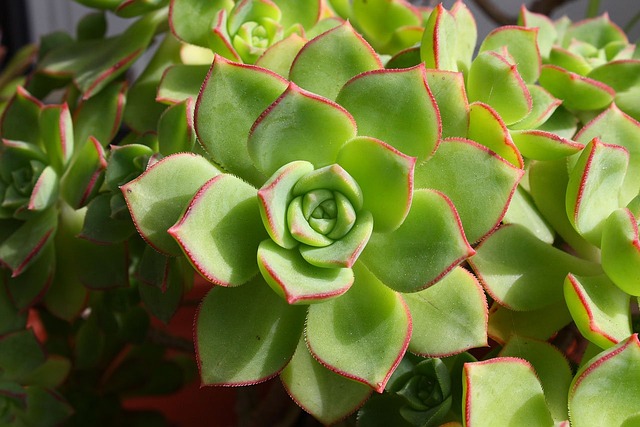
What Are the Symptoms of a Dying Echeveria?
Echeverias can display several symptoms when they are in poor health. You can take the necessary steps to revive your succulent by identifying these signs early on. Here are some common symptoms of dying echeveria:
- Leaf Discoloration — The leaves may appear discolored, showing signs of browning, yellowing, or becoming translucent. This discoloration may indicate various issues, such as overwatering or nutrient deficiencies.
- Leaf Dropping — The echeveria may shed its leaves excessively, leading to a thinning or bare appearance. This symptom can respond to stress caused by improper watering, extreme temperatures, or pests.
- Root Rot — If the roots of your echeveria are decaying and have a foul odor, it indicates root rot. Overwatering or poorly-draining soil can contribute to this condition, depriving the plant of vital oxygen.
- Wrinkled or Shriveled Leaves — Echeverias with wrinkled or shriveled leaves are often dehydrated. This condition can result from underwatering, inadequate humidity, or prolonged exposure to direct sunlight.
How To Identify Root Rot In Succulents
Can You Transplant Succulents From Soil To Water?
What causes an Echeveria succulent to start dying?
An echeveria succulent can start dying due to various reasons. To effectively revive a dying echeveria, it’s crucial to understand the underlying causes of its decline. Let’s explore the causes in detail:
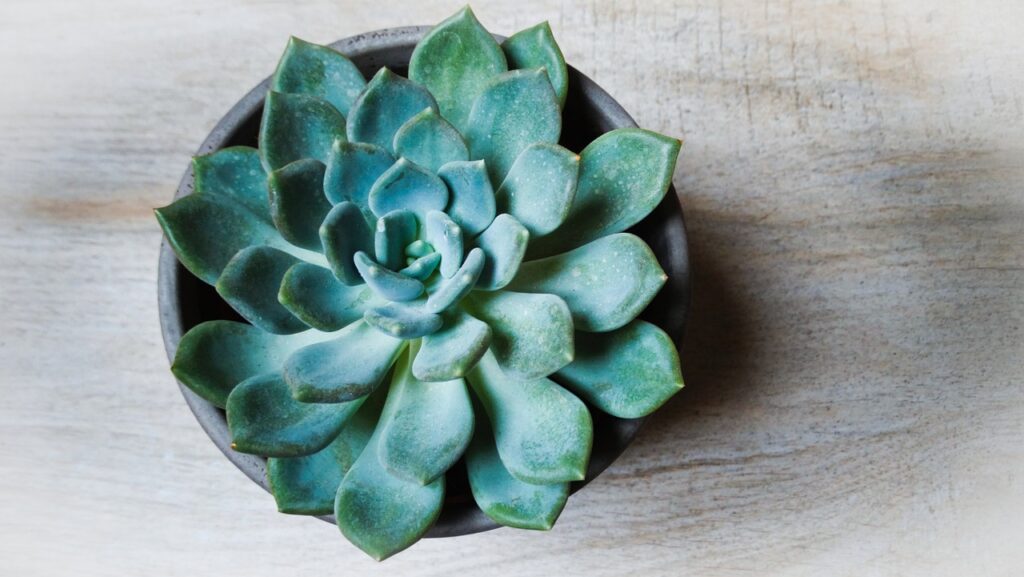
Overwatering.
Overwatering is one of the most common causes of echeveria decline. When the succulent receives more water than it needs, the excess moisture leads to root rot. The roots become waterlogged, deprived of oxygen, and eventually decay. As a result, the plant’s ability to absorb nutrients and water is compromised, leading to leaf wilting, yellowing, or browning.
Overwatered echeverias may exhibit mushy leaves, yellowing or translucent leaves, and a foul smell from the roots.
Underwatering.
Underwatering occurs when an echeveria does not receive enough water to sustain its growth and health. Succulents like echeverias store water in their leaves but still require regular watering.
When an echeveria is underwatered, it lacks the necessary hydration, causing the leaves to wrinkle, shrink, or become discolored. Prolonged underwatering can lead to the plant drying out and ultimately dying.
Improper Lighting.
Echeverias require adequate light to photosynthesize and thrive. Insufficient or improper lighting can adversely affect their growth and overall health. If an echeveria does not receive enough light, it can become stretched or elongated as it tries to reach for more light. This phenomenon is known as etiolation and results in weakened stems and pale, leggy leaves.
On the other hand, exposing echeverias to excessive direct sunlight can cause sunburn, leading to leaf damage and discoloration.
Nutrient Deficiencies.
Like all plants, echeverias require essential nutrients for healthy growth. Nutrient deficiencies can occur when the soil lacks the necessary elements such as nitrogen, phosphorus, potassium, or micronutrients like iron or magnesium.
Inadequate nutrition can manifest as pale or yellowing leaves, stunted growth, or a weakened appearance. Using a balanced fertilizer explicitly formulated for succulents can help address nutrient deficiencies.
Extreme Temperatures.
Echeverias are native to arid regions and are adapted to specific temperature ranges. Extreme temperatures, whether excessively hot or cold, can harm these succulents. Prolonged exposure to high temperatures can cause sunburn, scorching the leaves and leading to discoloration or tissue damage. Conversely, extremely low temperatures can cause the plant’s cells to freeze and rupture, resulting in irreversible damage.
Pests and Diseases.
Echeverias are susceptible to various pests and diseases. Common pests include mealybugs, aphids, spider mites, and scale insects. These pests feed on the plant sap, weaken the echeveria, and can spread diseases. Signs of pest infestation include distorted leaves, webs, sticky residue, or tiny insects visible on the plant.
Additionally, fungal infections, such as powdery mildew or root rot caused by overly moist conditions, can further contribute to the decline of an echeveria.
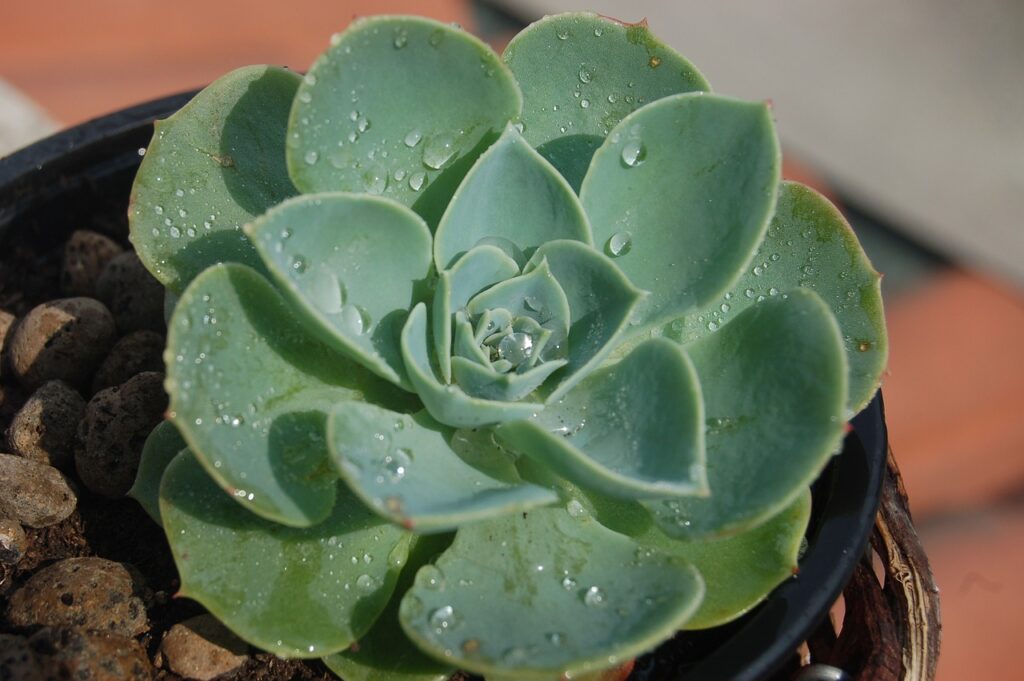
How to Revive a Dying Echeveria Plant
Reviving a dying echeveria involves addressing the issues causing its decline and providing the necessary care to restore its health. Here are some essential steps to follow:
Assess the Plant’s Environment.
Ensure the echeveria is placed in a location with the appropriate lighting conditions. Provide bright, indirect sunlight or provide shading if the plant is exposed to intense sunlight. Maintain a consistent temperature range suitable for echeverias, typically between 65°F (18°C) and 75°F (24°C). Avoid exposing the plant to drafts or extreme temperature fluctuations.
Adjust the Watering Routine.
Evaluate the watering habits and adjust accordingly. Allow the soil to dry out completely between waterings to prevent overwatering. When watering, ensure thorough soil saturation, allowing water to drain freely from the pot. Use a well-draining succulent or cacti mix to prevent waterlogging.
Address Root Rot.
If root rot is present, you must act immediately. Remove the plant from its pot and carefully examine the roots. Trim away any soft, mushy, or discolored roots using sterilized pruning shears. Allow the roots to dry for a day or two before repotting the echeveria in fresh, well-draining soil.
Provide Adequate Humidity.
Echeverias thrive in environments with moderate humidity. When indoor humidity drops in dry climates or during the winter months, consider using a humidifier or placing a tray filled with water near the plant to increase moisture levels.
Fertilize with Care.
If you suspect your plant lacks nutrients, test the soil to find which nutrients it lacks then, you can provide fertilizer. When adding fertilizer, ensure it’s well-balanced and all the nutrients are present.
Follow the package instructions for application rates and frequency. Remember not to over-fertilize, which can lead to fertilizer burn and further stress the plant.
Prune and Propagate.
If your echeveria has leggy or stretched growth, you can prune the elongated stems to encourage a more compact appearance. Use sterilized pruning shears to trim back the excess growth.
Additionally, take this opportunity to propagate healthy leaves or stem cuttings to grow new plants.
Monitor for Pests.
Check your echeveria regularly for signs of pests such as mealybugs, aphids, or spider mites. If infestations are detected, treat the plant with an appropriate insecticidal soap or neem oil, following the instructions on the product label.
Conclusion
Reviving a dying echeveria requires attentive care and addressing the specific issues affecting the plant’s health. You can breathe new life into your echeveria and restore its beauty by identifying the symptoms, understanding the causes, and implementing the appropriate remedies.
Remember to provide the proper lighting, adjust the watering routine, address root rot if present, maintain suitable humidity, fertilize carefully, prune and propagate as needed, and monitor for pests. With proper care and attention, your echeveria can again thrive, gracing your space with its stunning rosettes and vibrant colors.
What Is The Best Way To Water A Pothos Plant?
